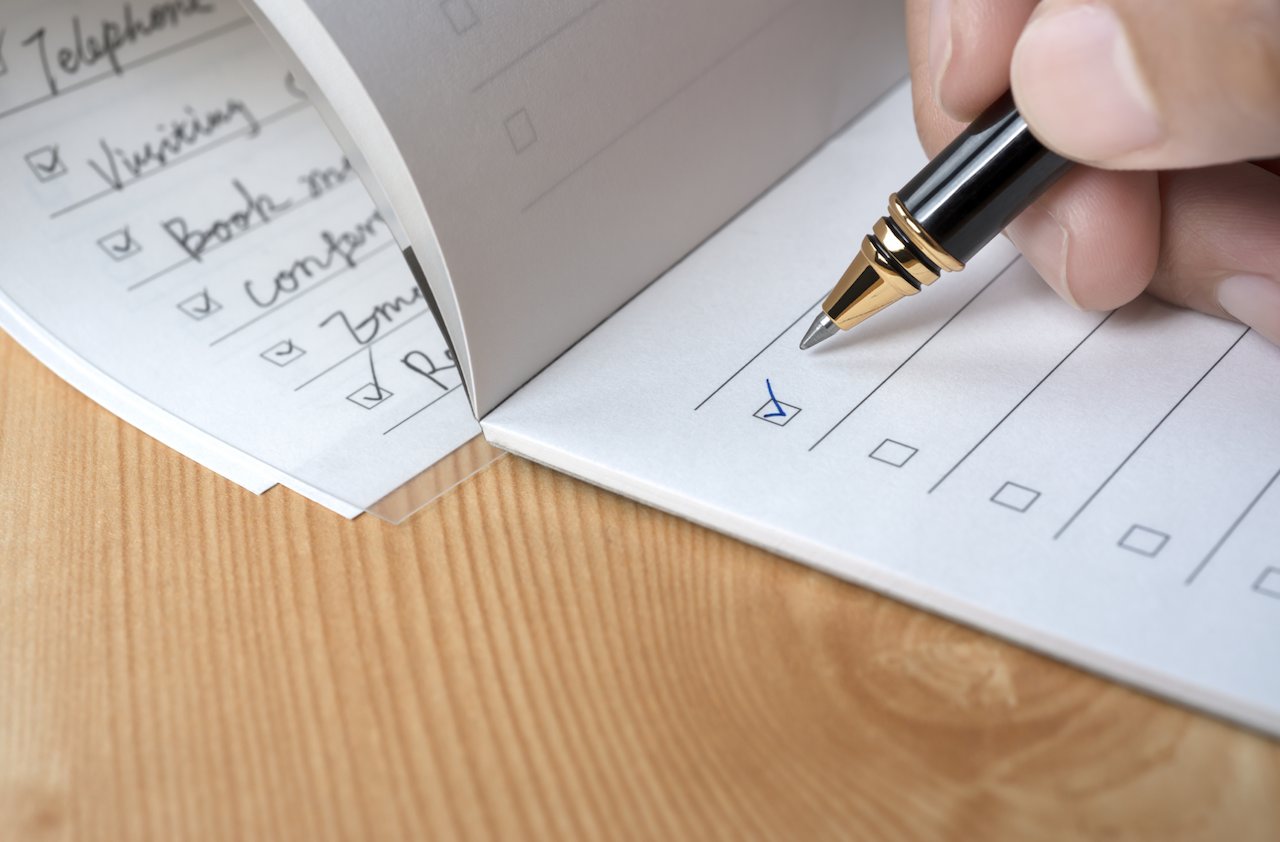Take a Financial Inventory
Find out what you own and what you owe, then track where your money goes.

If you're on top of your regular income and outgo, then maybe you can safely skip this section. But if you're barely making it from payday to payday or have the distinct feeling that you're treading water while others swim merrily by, then here is where you'll find the means to get moving.
One thing you need to do is take a financial inventory. That means sorting out the money and other assets that are all yours from those that someone else has a claim on -- in other words, finding out what you own and what you owe. You add up the value of everything you own, then you subtract from it the total of all your debts. The result is your net worth.
First, though, it will be helpful to perform another little piece of self-analysis. Taking some time to record what you do with the money that passes through your hands on a day-to-day basis will pay off in valuable information about the state of your financial affairs. It's the first step in getting them under control.

Sign up for Kiplinger’s Free E-Newsletters
Profit and prosper with the best of expert advice on investing, taxes, retirement, personal finance and more - straight to your e-mail.
Profit and prosper with the best of expert advice - straight to your e-mail.
If you haven't been paying much attention to where your money goes, use our household budget worksheet. You'll have exact figures for some expenses -- mortgage or rent, for example, and insurance premiums -- and you can estimate others on a monthly basis. Go over your paychecks, bills and credit card statements. Hang on to cash-register receipts from stores, gas stations, and restaurants. The more actual expenditures you can pinpoint, the more you'll know about your spending habits when you're through.
No matter how this exercise comes out, you're going to be confronted with the evidence of your spending and forced to make some judgments about it. You'll find yourself in one of three situations.
Are income and expenditures roughly in balance? Making it from one year to the next without getting into a hole may be something of a feat these days, but before you start patting yourself on the back, check your totals again. How much did you put into savings compared with what you spent on recreation, gifts or clothing? Out-of-whack entries in those or other categories of discretionary spending could mean trouble's brewing. There's more to good money management than balancing the books. You have to balance your priorities, too.
Did you make more than you spent? This isn't necessarily a good sign, either. Because your cash-flow statement includes savings and investments, you shouldn't have any money left over. What may at first look like a surplus is probably just a failure to remember some spending. Go over the numbers again.
Did you spend more than you made? This is the clearest sign of trouble ahead. You've either been dipping into savings, borrowing money or buying on credit. You can get away with it for a while, and there are times when it's smart to borrow or when you have no choice. But as a regular practice, it's bad money management that will cost you in the long run.
Go over your cash-flow statement carefully, looking for places where your money might be dribbling away. You should begin to spot some ways to plug the leaks.
Get Kiplinger Today newsletter — free
Profit and prosper with the best of Kiplinger's advice on investing, taxes, retirement, personal finance and much more. Delivered daily. Enter your email in the box and click Sign Me Up.
-
 5 Historic Philadelphia Homes for Sale Now
5 Historic Philadelphia Homes for Sale NowPhiladelphia is a goldmine of historic properties that rival the best in New York, London and Paris for charm and opulence. Here are five gems you can own.
By Charlotte Gorbold
-
 When to Sell Your Stock
When to Sell Your StockKnowing when to sell a stock is a major decision investors must make. While there's no one correct answer, we look at some best practices here.
By Charles Lewis Sizemore, CFA
-
 What Does Medicare Not Cover? Eight Things You Should Know
What Does Medicare Not Cover? Eight Things You Should KnowHealthy Living on a Budget Medicare Part A and Part B leave gaps in your healthcare coverage. But Medicare Advantage has problems, too.
By Donna LeValley
-
 What To Know if You’re in the Market for a New Car This Year
What To Know if You’re in the Market for a New Car This YearThe Kiplinger Letter Buying a new car will get a little easier, but don’t expect many deals.
By David Payne
-
 Will Lower Mortgage Rates Bring Relief to the Housing Market?
Will Lower Mortgage Rates Bring Relief to the Housing Market?The Kiplinger Letter As mortgage rates slowly come down here's what to expect in the housing market over the next year or so.
By Rodrigo Sermeño
-
 Car Prices Are Finally Coming Down
Car Prices Are Finally Coming DownThe Kiplinger Letter For the first time in years, it may be possible to snag a good deal on a new car.
By David Payne
-
 New Graduates Navigate a Challenging Labor Market
New Graduates Navigate a Challenging Labor MarketThe Kiplinger Letter Things are getting tough for new graduates. Job offers are drying up and the jobless rate is increasing. Are internships the answer?
By David Payne
-
 When's the Best Time to Buy a Domestic Flight? The Kiplinger Letter
When's the Best Time to Buy a Domestic Flight? The Kiplinger LetterThe Kiplinger Letter A new study by CheapAir.com has crunched the numbers.
By Sean Lengell
-
 Woes Continue for Banking Sector: The Kiplinger Letter
Woes Continue for Banking Sector: The Kiplinger LetterThe Kiplinger Letter Regional bank stocks were hammered recently after news of New York Community Bank’s big fourth-quarter loss.
By Rodrigo Sermeño
-
 Anxious Flyers Take Note: The Kiplinger Letter
Anxious Flyers Take Note: The Kiplinger LetterThe Kiplinger Letter Whether it's the routes to avoid that have the most turbulence or the safest airline, we've got you covered.
By Sean Lengell